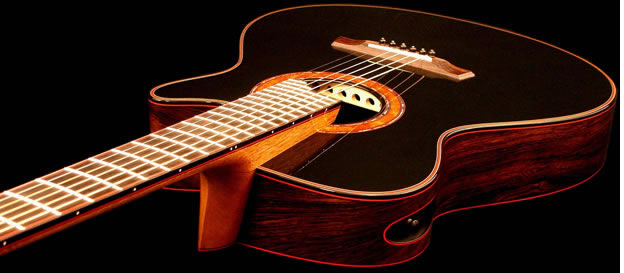I was reading an old article by Jim Williams on Smallman's bracing designs. At some point he went off on a small tangent about how he shapes the underside of the soundhole. He used to just round it over, but an acousical engineer friend who designs speaker boxes said he should make it sharp at the edge, then bevel it back towards the rim on the inside... something like this:

The only explanation was that the engineer knew what he's about, and though he didn't understand a lot of the terms he used his friend convinced him.
Can anyone enlighten me on how this soundhole design would affect tone?






